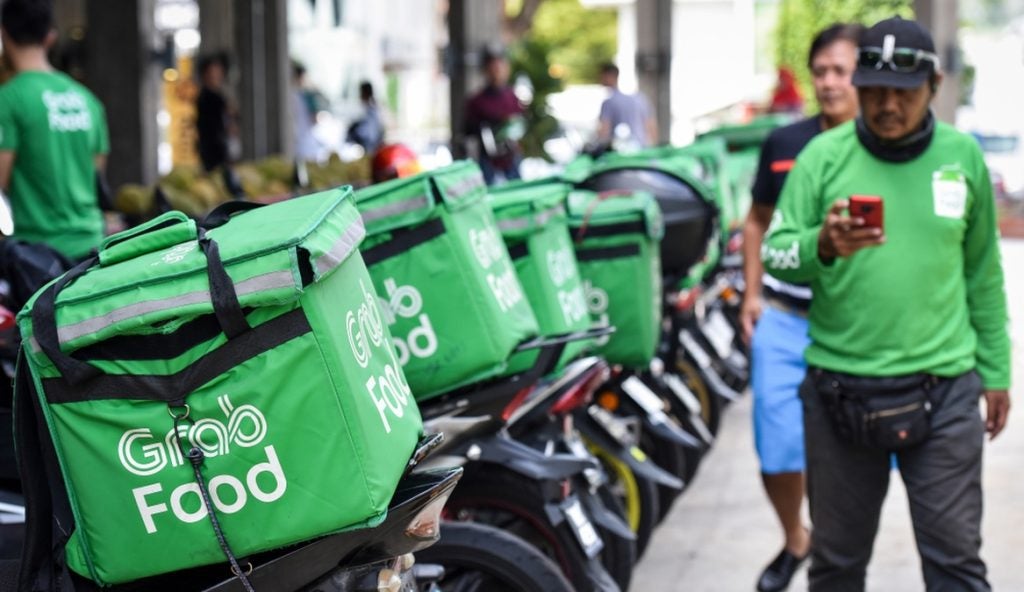Carlsberg has developed a method using digital PCR to identify specific nucleotide mutations in mutated genes. The process involves random mutagenesis, dividing organisms into sub-pools, PCR amplifications, and detection of mutations. The method allows for precise identification of mutations in a large pool of organisms. GlobalData’s report on Carlsberg gives a 360-degree view of the company including its patenting strategy. Buy the report here.
According to GlobalData’s company profile on Carlsberg, Pest resistant transgenic crops was a key innovation area identified from patents. Carlsberg's grant share as of February 2024 was 53%. Grant share is based on the ratio of number of grants to total number of patents.
Method of identifying organisms with specific nucleotide mutations
See Also:
A recently granted patent (Publication Number: US11884972B2) outlines a method for identifying organisms of a specific species carrying predetermined mutations in target sequences. The method involves subjecting a pool of organisms to random mutagenesis, dividing the pool into sub-pools, preparing genomic DNA samples, performing PCR amplifications, and detecting amplification products with the predetermined mutations. The process includes steps such as identifying secondary sub-pools, reproducing organisms within the pool, and compartmentalizing PCR amplifications for efficient detection of mutations. The method is applicable to various species, including plants and unicellular organisms, with specific steps tailored to each type of species.
Furthermore, the patent details variations of the method for different species, such as plants and unicellular organisms, with specific steps for each. For plants, the method involves subjecting reproductive parts to mutagenesis, dividing them into sub-pools, preparing genomic DNA samples, performing PCR amplifications, and detecting mutations. The process ensures the identification of organisms with predetermined mutations in target sequences. The method is designed to handle large pools of organisms or reproductive parts, with specific criteria for the minimum number of organisms in the pool and sub-pools to ensure accurate identification of mutations. The patent also includes provisions for identifying super-pools and combining fractions of DNA samples for comprehensive mutation analysis. Overall, the method provides a systematic approach to identifying organisms with specific mutations, offering potential applications in genetic research and breeding programs for various species.
To know more about GlobalData’s detailed insights on Carlsberg, buy the report here.
Premium Insights
From

The gold standard of business intelligence.
Blending expert knowledge with cutting-edge technology, GlobalData’s unrivalled proprietary data will enable you to decode what’s happening in your market. You can make better informed decisions and gain a future-proof advantage over your competitors.





